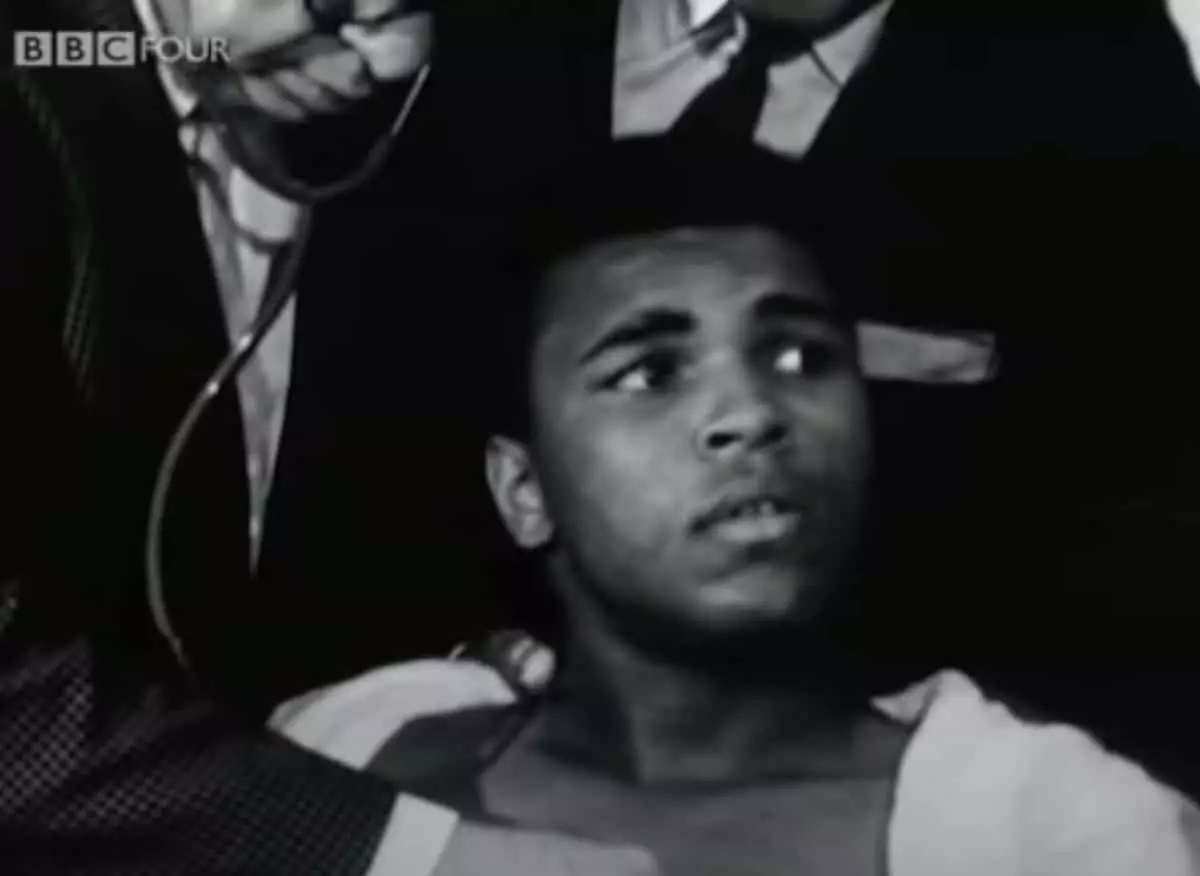Every January 17th stands as a reminder not only of the remarkable life of Muhammad Ali, but also of the recent emergence of Oleksandr Usyk as a prominent figure in boxing. Fans around the globe have honored Ali, who would have turned 83 today, reflecting on his extraordinary contributions to both the sport and society. However, as Usyk celebrates his 38th birthday, conversation swirls around the Ukrainian boxer as one of the most significant athletes of his generation. Usyk has frequently expressed admiration for Ali, viewing him as not just a boxing icon but a paragon of human spirit and resilience.
The juxtaposition of their birth dates is intriguing, prompting discussions about a “Dream Fight” between these two champions. Both fighters, remarkably, stand at 6’3″, boast a reach of 78 inches, and typically hover around the same fighting weight of approximately 220 pounds. Their size and fighting contexts present a fascinating comparison. Ali’s unparalleled agility and footwork against Usyk’s strategic precision invite an imaginative exploration of how the boxing styles of different eras could collide.
Picture the electrifying atmosphere of the ring, where young Ali, known for his lightning-fast hands and graceful movement, faces off against the resourceful Usyk, who has surfaced triumphantly against the likes of Anthony Joshua and Tyson Fury. Both boxers exhibit a keen understanding of psychology and strategy in the ring, making a hypothetical matchup tantalizing for boxing enthusiasts.
In a showdown reminiscent of the 1960s, would the quicksilver speed of Ali outpace Usyk’s tactical nous? The contests would not merely be about brute force; rather, spectators would be treated to a finely choreographed bout filled with slick footwork, heady feints, and clever setups. Ringside fans might witness the agility that defined Ali’s career, tested against Usyk’s adaptability as a southpaw, a stance that presented unique challenges in Ali’s career since he sparingly faced left-handed opponents.
Imagining such a contest raises questions about the scoring systems of different eras—whether 15 rounds of boxing under classic rules or 12 rounds under today’s specifications would yield a different victor. Would the strategic brilliance and relentless cardio of Usyk, derived from his extensive amateur pedigree, match up effectively against the almost magical reflexes of a prime Ali? This intellectual exercise shows how deeply individual styles impact competition, opening up a fascinating dialogue around the significance of technique, strategy, and execution.
Regardless of who might come out on top in a hypothetical clash, one must appreciate that both Ali and Usyk transcend the sport itself. Both athletes emerged as champions inside the ring and advocates outside of it, standing for issues more significant than boxing. Ali’s illustrious career was interwoven with social justice causes, making him a symbol of resistance and activism. Usyk, influenced by Ali’s legacy, channels that spirit through his actions, advocating for others and positioning himself as a hero for his homeland during tumultuous times.
As Usyk continues his journey in the boxing world, he mirrors Ali’s dedication to lifting others. Each fighter exhibits a unique path that reflects a dedication not only to their craft but also to improving the lives of those around them. The way they have behaved as champions—both in victories and in adversity—illustrates the profound impact of sports figures beyond the confines of competition.
As we celebrate the legacies of these two phenomenal athletes on this day, it spurs excitement about what lies ahead for Usyk. As a current heavyweight champion, can he follow in Ali’s footsteps and retire undefeated? The prospect of Usyk’s continued contributions to the sport, as well as to humanitarian efforts, raises anticipation across boxing communities and among fans alike.
In looking back at Ali’s journey, it’s impossible to ignore the weight his words and actions carry today. Usyk has always understood that boxing is a platform, extending his fight for justice on a global scale. His sentiment about Ali reflects a shared philosophy: “When I think about Muhammad Ali, it’s not just boxing; it’s the path he took, his nature. He fought for his rights, his nearest and dearest.”
While January 17th celebrates two remarkable boxing careers, it also symbolizes their shared understanding of the broader implications of their sports. How history remembers them will rely not only on their records but significantly on their roles in uplifting communities and inspiring future generations.


Leave a Reply